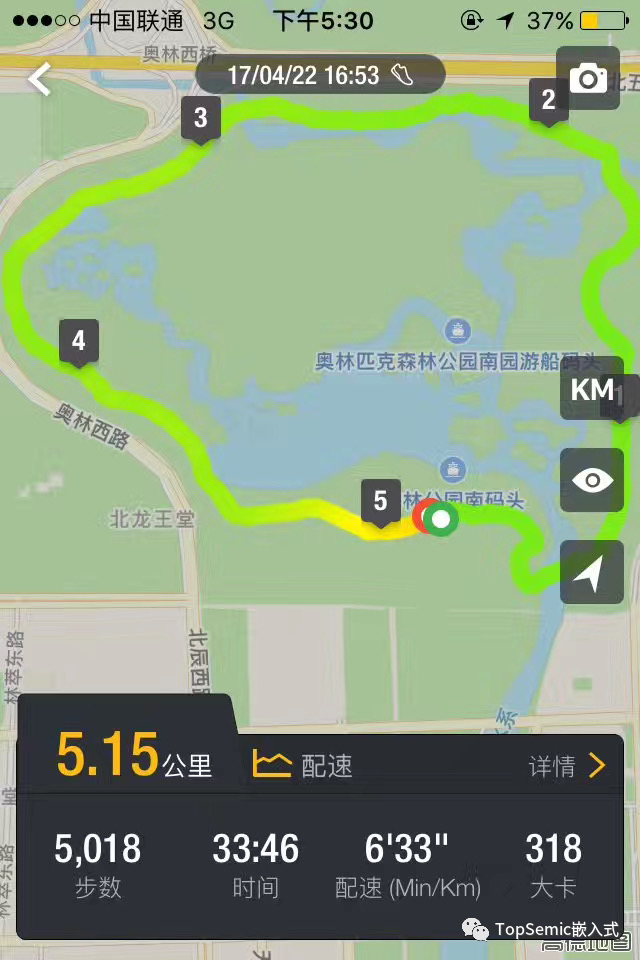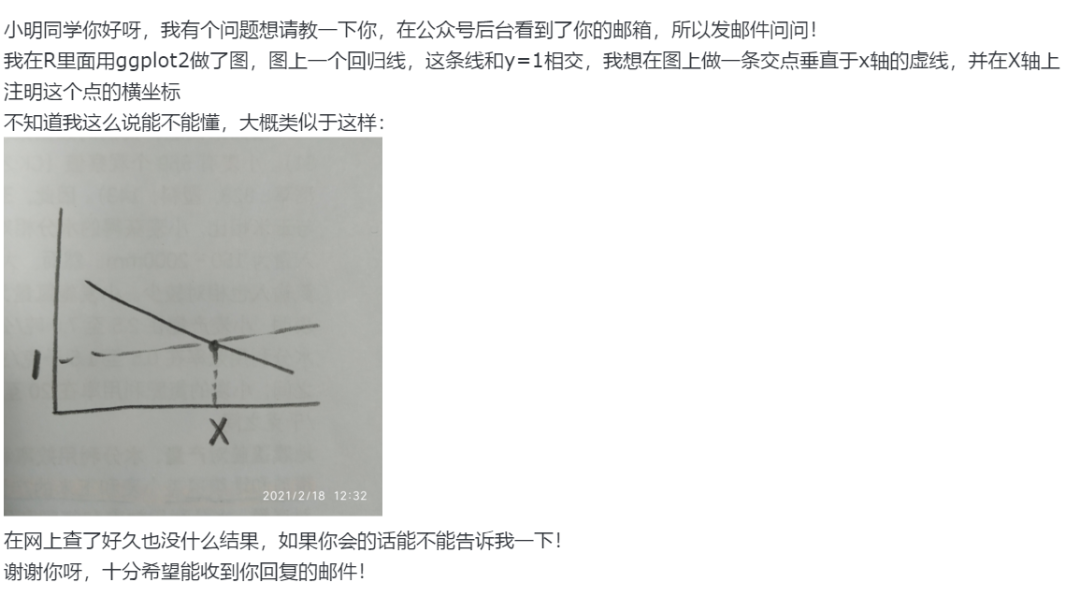I'm actually developing an app with react native and i'm testing with my one plus 6 and it has a notch. The SafeAreaView is a solution for the iPhone X but for Android, it seems there is no solution.
Did someone heard about anything to solve this kinf of issue ?
A work around I had to use recently:
GlobalStyles.js:
import { StyleSheet, Platform } from 'react-native';
export default StyleSheet.create({
droidSafeArea: {
flex: 1,
backgroundColor: npLBlue,
paddingTop: Platform.OS === 'android' ? 25 : 0
},
});
It is applied like so:
App.js
import GlobalStyles from './GlobalStyles';
import { SafeAreaView } from "react-native";
render() {
return (
<SafeAreaView style={GlobalStyles.droidSafeArea}>
//More controls and such
</SafeAreaView>
);
}
}
You'll probably need to adjust it a bit to fit whatever screen you're working on, but this got my header just below the icon strip at the top.
Do something like
import { StyleSheet, Platform, StatusBar } from "react-native";
export default StyleSheet.create({
AndroidSafeArea: {
flex: 1,
backgroundColor: "white",
paddingTop: Platform.OS === "android" ? StatusBar.currentHeight : 0
}
});
And then In your App.js
import SafeViewAndroid from "./components/SafeViewAndroid";
<SafeAreaView style={SafeViewAndroid.AndroidSafeArea}>
<Layout screenProps={{ navigation: this.props.navigation }} /> //OR whatever you want to render
</SafeAreaView>
This should work good as get height will take care of the knotch in android device by calculating the statusBar height and it will arrange accordingly.
You could also create helper component with this style applied right away like this
import React from 'react';
import { StyleSheet, Platform, StatusBar, SafeAreaView } from 'react-native';
export default props => (
<SafeAreaView style={styles.AndroidSafeArea} {...props} >
{props.children}
</SafeAreaView>
);
const styles = StyleSheet.create({
AndroidSafeArea: {
paddingTop: Platform.OS === 'android' ? StatusBar.currentHeight : 0
}
});
Make note that I also deleted unnecessary styles which breaks natural behavior of SafeAreaView which in my case broke styling.
As for use you simply use it like normal SafeAreaView:
import React from 'react';
import SafeAreaView from "src/Components/SafeAreaView";
render() {
return (
<SafeAreaView>
// Rest of your app
</SafeAreaView>
);
}
}
you can use react-native-device-info for device info and apply styling also with a notch
In the SafeAreaView Docs was told:
It is currently only applicable to iOS devices with iOS version 11 or later.
So now I definitely use it in my project but I use Platform to recognize device platform and for Android, I make a manual safe area for the status bar.






